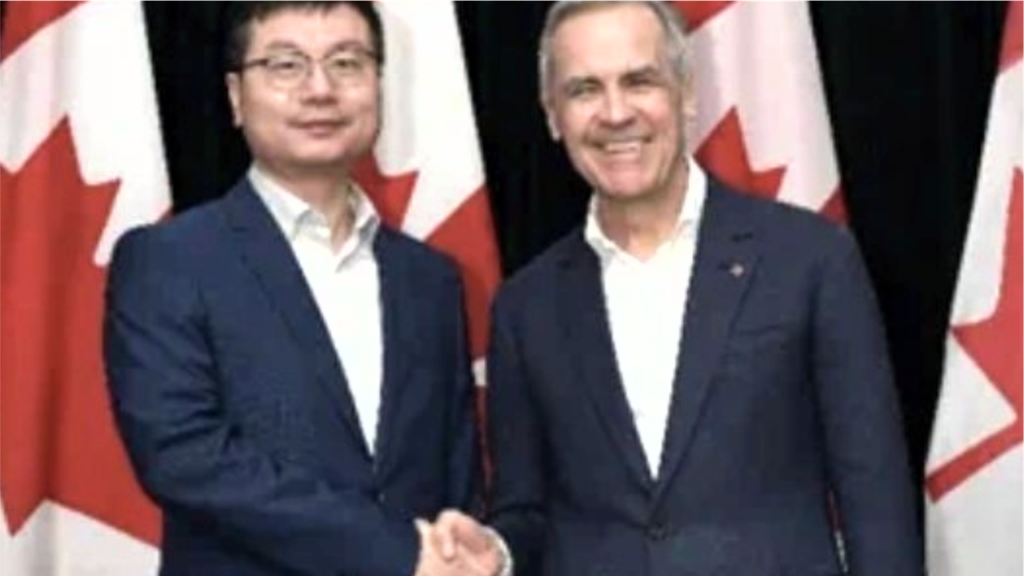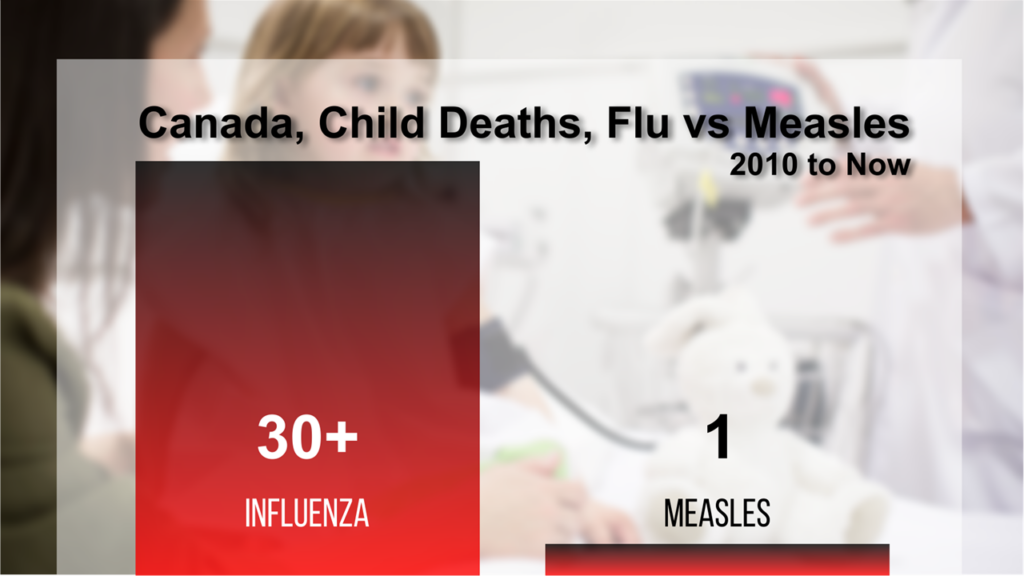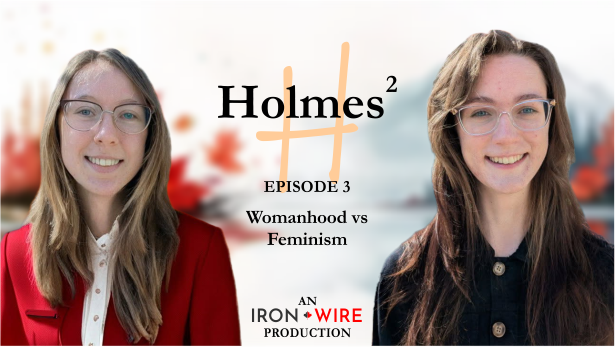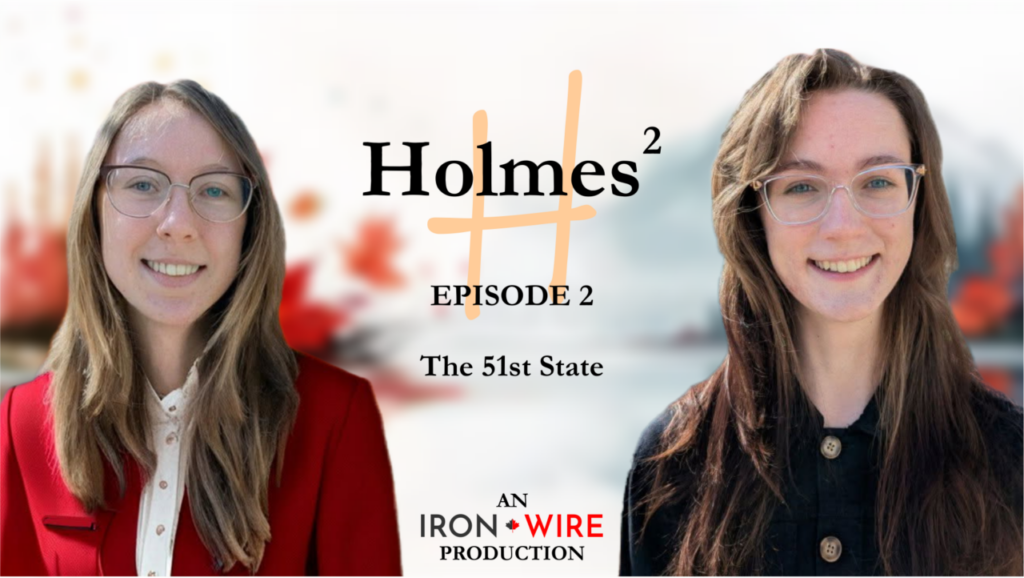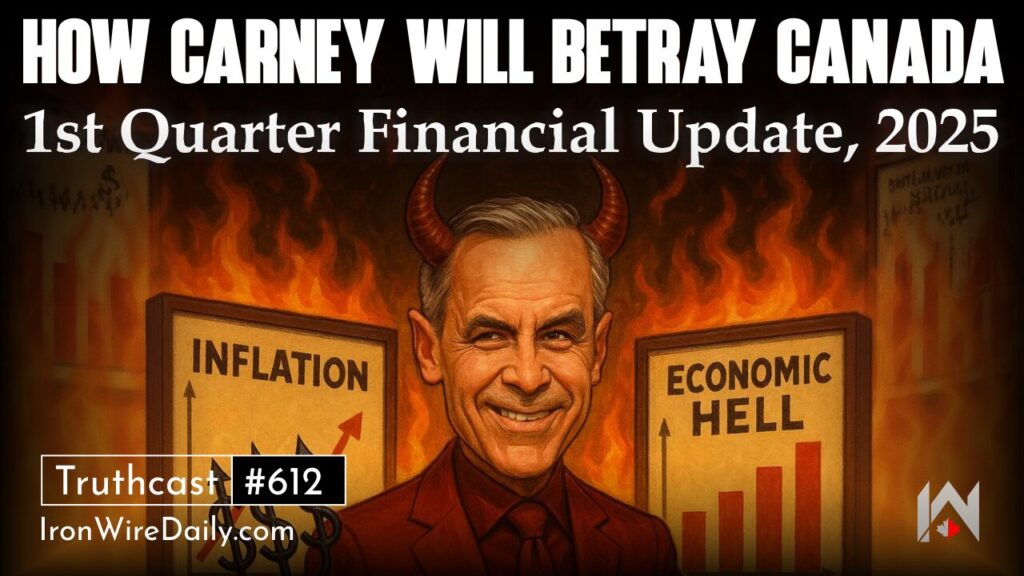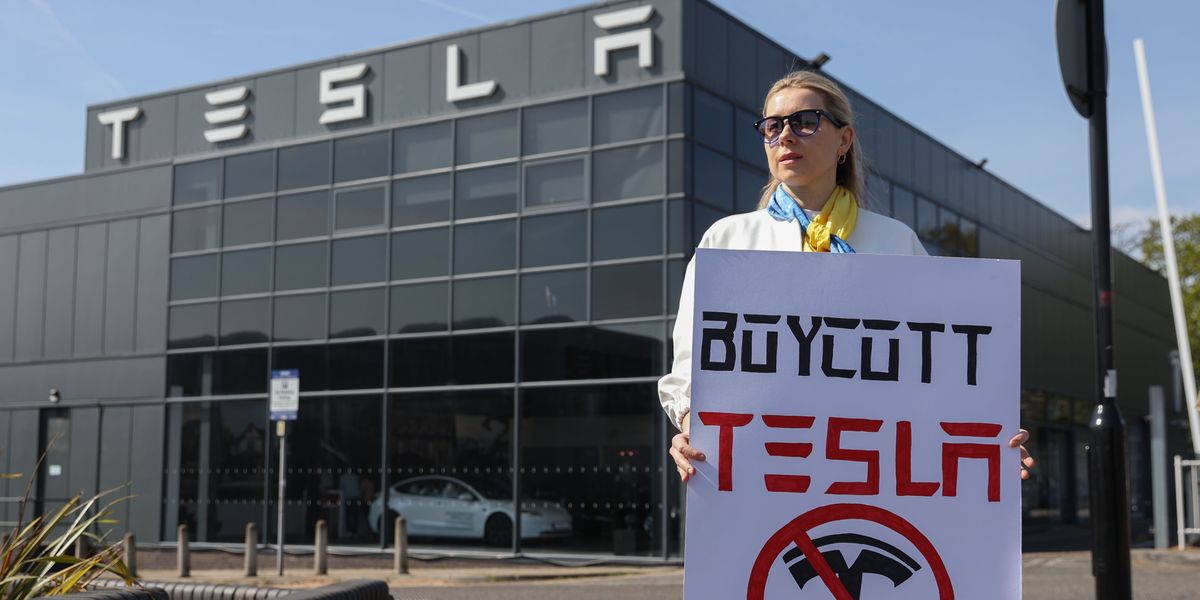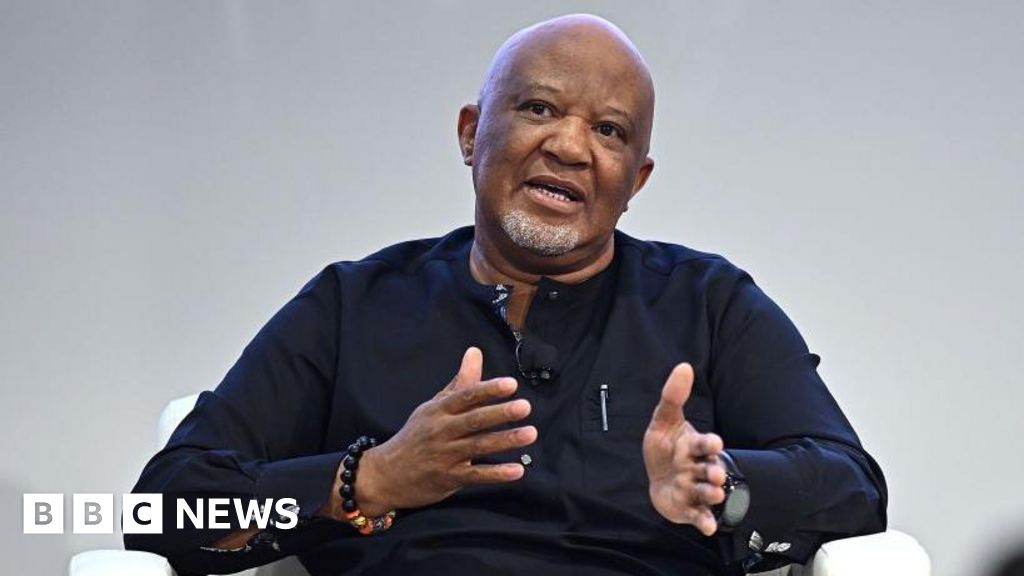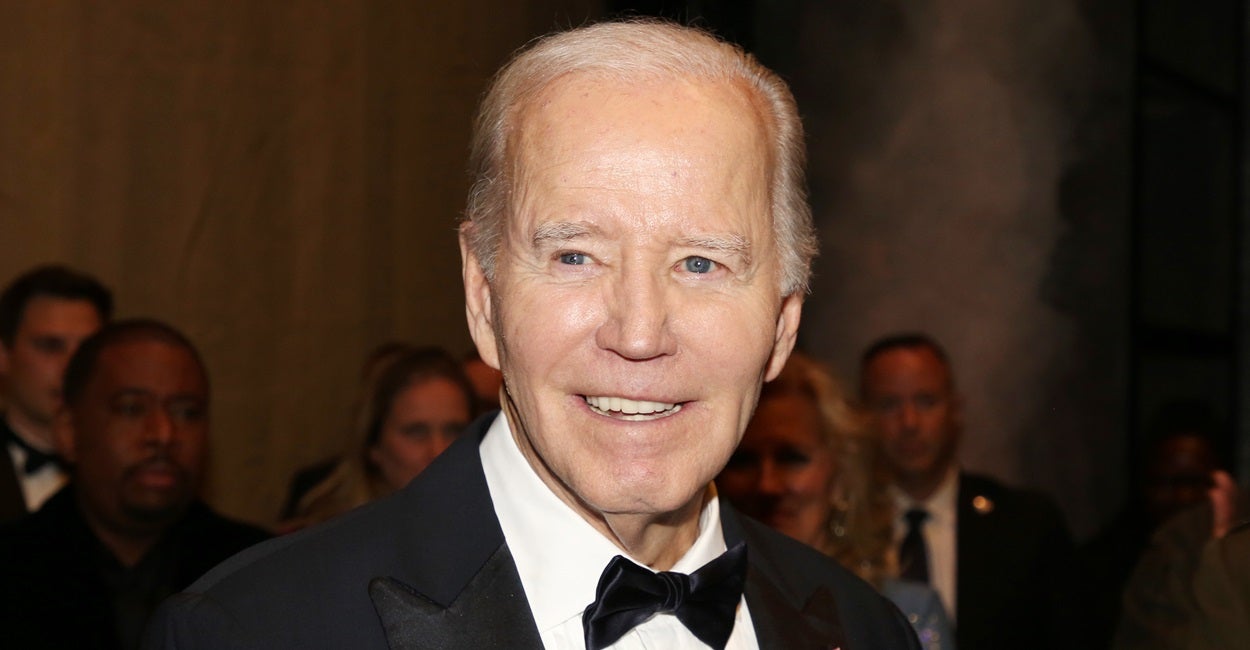The Media Coup To Undermine Trump & Transform Republicans Into Democrats | Armstrong Economics
Bloomberg has actually come out as proclaimed: “With the Nasdaq 100 already in a bear market, soon it may be the S&P 500’s turn.” All we hear are hysterical forecasts, all emotionally charged because the number one thing they taught in economics class was the Democratic propaganda from the 1932 election – Tariffs & Protectionism caused the Great Depression, and Free Trade is prosperity. Bill Clinton tried that with China, and the Democrats cheered him. It expanded GDP, but it wiped out jobs and even whole towns in China.
Here is a meme on TikTok about making America Great Again. Is this our Competitive Advantage?
I have traded billions and advised on trillions. I managed the only onshore hedge fund for Deutsche Bank – here is the track record. My worst drawdown in a month was 0.41% – unmatched by anyone. I have been in the trenches and traded head-to-head with Soros, Bacon, Goldman Sachs, Phibro et al. I know why capital moves and have testified before the House Ways and Means Committee even on that subject. I do not speak from “theory” or “I think” bullshit from pretend analysts who are spouting out emotional forecasts which confirms that they are NOT an analyst. I have been named hedge fund manager of the year, FOREX Person of the Year, the discoverer of the Secret Cycle, and economist of the decade, among many other things – including the SOB by bankers, or alternatively that MFer.
I am appalled by these people, who the media are parading on TV all hysterical, claiming tariffs will end the bull market if not civilization, and the media loves it because they get to hate Trump for something new, other than Putin’s Puppet or SIGNALgate that they can’t seem to get people interested in. Telling them they will lose everything in a 401K, there goes Social Security, and your house will fall to zero because you did not vote for Hillary or Kamala. While opinions make markets, as I have said countless times, the MAJORITY must always be wrong, for they provide the energy for the reversal of trend.
What Bloomberg reported was entirely LEFTIST propaganda. At the time, the NASDAQ had not even tested the basic uptrend line. Technically, you must break that line, stage a false move that retests that from beneath, and then it turns south again. To imply that the NASDAQ will continue to decline, it must close below 15200 on a monthly basis, raising the possibility of continuing down into May/June.
Democratic Senator Ron Wyden said he will force a vote on repealing tariffs in a test of GOP political support for Trump’s trade war. There are the renegade Republicans who joined the Democrats, demonstrating that they believe the 1932 Democrats’ propaganda to win the 1932 election was utterly false. The rollout of Trump’s tariff strategy has sparked wide-ranging reactions from investors, manufacturers, small businesses, and consumers.
Congress enacted the Reciprocal Trade Agreements Act (RTAA) of 1934 which was a significant U.S. trade policy enacted during the Great Depression under President Franklin D. Roosevelt’s New Deal. The RTAA empowered the president to negotiate bilateral tariff-reduction agreements without requiring Congressional approval for each deal. This marked a shift from Congress’s traditional control over tariffs (e.g., the protectionist Smoot-Hawley Tariff Act of 1930). The Tariff reductions could be up to 50% of the existing rates.
Roosevelt, then, like Trump, engaged in Reciprocity Agreements that were based on mutual concessions, where the U.S. and partner countries agreed to lower tariffs on each other’s goods, boosting trade in theory, but it had little impact because consumers were not buying, staring at the uncertainty of the future. Most-Favored-Nation (MFN) Clause also took place with tariff reductions negotiated with one country being extended to all other trading partners with MFN status, preventing discrimination and broadening the impact of bilateral deals.
The Democrats had made such a big deal out of the tariffs, remaining dead silent on the Sovereign Debt Defaults, and that is what led to the propaganda we were taught in school that tariffs are bad and free trade is good. Aimed to reverse the trade-collapsing effects that they blamed on the Smoot-Hawley Act, which had exacerbated the Depression by sparking global tariff wars, they ignored the sovereign debt defaults that drove the dollar to record highs that made foreign imports even cheaper.
John Kenneth Galbraith, in his seminal work The Great Crash 1929, did not attribute the stock market collapse of 1929 to tariffs. That was not practical since they came in June 1930 after the CRASH. Instead, Galbraith emphasized factors such as speculative excess, margin buying, fraudulent corporate structures, and weak banking practices as the primary causes of the crash. His analysis was focused on the immediate financial mechanisms and psychological factors driving the bubble and its burst. While he acknowledged broader economic vulnerabilities, he did not highlight tariffs as a direct cause of the crash itself.
However, tariffs, particularly the Smoot-Hawley Tariff Act of 1930, are often cited as exacerbating the Great Depression that followed the crash, thanks to the Democrats who use it simply because the sponsors were both Republican. Since Smoot-Hawley was enacted after the crash, Galbraith did not blame it for the market collapse but might have recognized its role in worsening global trade and economic relations during the 1930s.
The assertion that the Smoot-Hawley Tariff caused the Great Depression was used during the 1932 election by the Democrats. However, it is not widely attributed to a single individual among reputable economists or historians today. Most scholars view the tariff as a contributing factor that exacerbated the global economic downturn rather than its primary cause, since it was not enacted until the following year. However, several figures have prominently criticized its role:
- Economist Milton Friedman: While Friedman emphasized monetary policy failures by the Federal Reserve as the primary cause of the Depression, he and co-author Anna Schwartz noted in A Monetary History of the United States (1963) that Smoot-Hawley worsened international trade tensions.
- Political Figures: Opponents of Herbert Hoover, such as Franklin D. Roosevelt, criticized the tariff during the 1932 election, though they focused more on its role in deepening the crisis rather than claiming that they originated it.
- Cordell Hull: As Secretary of State under FDR, Hull vehemently opposed protectionism and worked to reverse the Smoot-Hawley Act through reciprocal trade agreements, blaming it for damaging global commerce. As Secretary of State, he championed the RTAA as part of his vision for liberalized trade and international cooperation. However, the RTAA required periodic Congressional renewal (extended 11 times by 1945).
- Economic Historians: Scholars like Barry Eichengreen and Charles Kindleberger discuss Smoot-Hawley in the context of 1930s protectionism and its role in stifling international cooperation, but they do not single-handedly credit it with causing the Depression.
The claim that the Smoot-Hawley Act “caused” the Great Depression is oversimplified and more commonly found in political rhetoric or popular discourse of the Democrats, who used it as a campaign argument to blame Republicans when it was a response to the high tariffs first imposed by Europe. Academic consensus recognizes it as one of many factors (alongside stock market collapse, banking crises, and monetary policy) that deepened and prolonged the crisis. No major economist or historian is definitively cited as claiming it was the sole cause.
When the economy turned down in 1937, there was widespread panic. People feared that this would be 1929 all over again. They called for raising margins and even curtailing short-selling, as always.
The tariff reforms did not prevent the Crash of 1937. Tariffs were NOT the cause of the collapse of 9,000 banks. We are being subjected to another media attempted coup to undermine Trump and hopefully embarrass the Republicans to vote Democrat against him. They will do whatever they can to destroy Trump.














